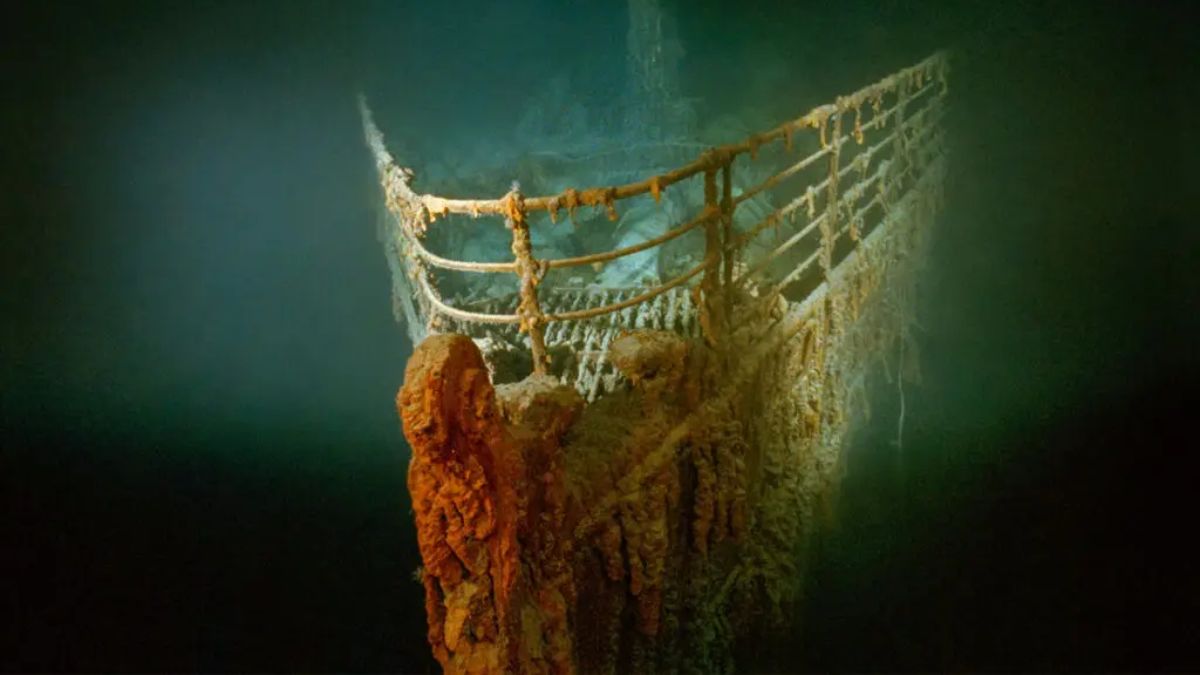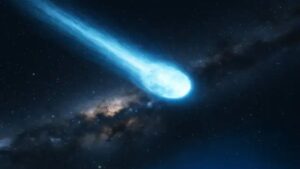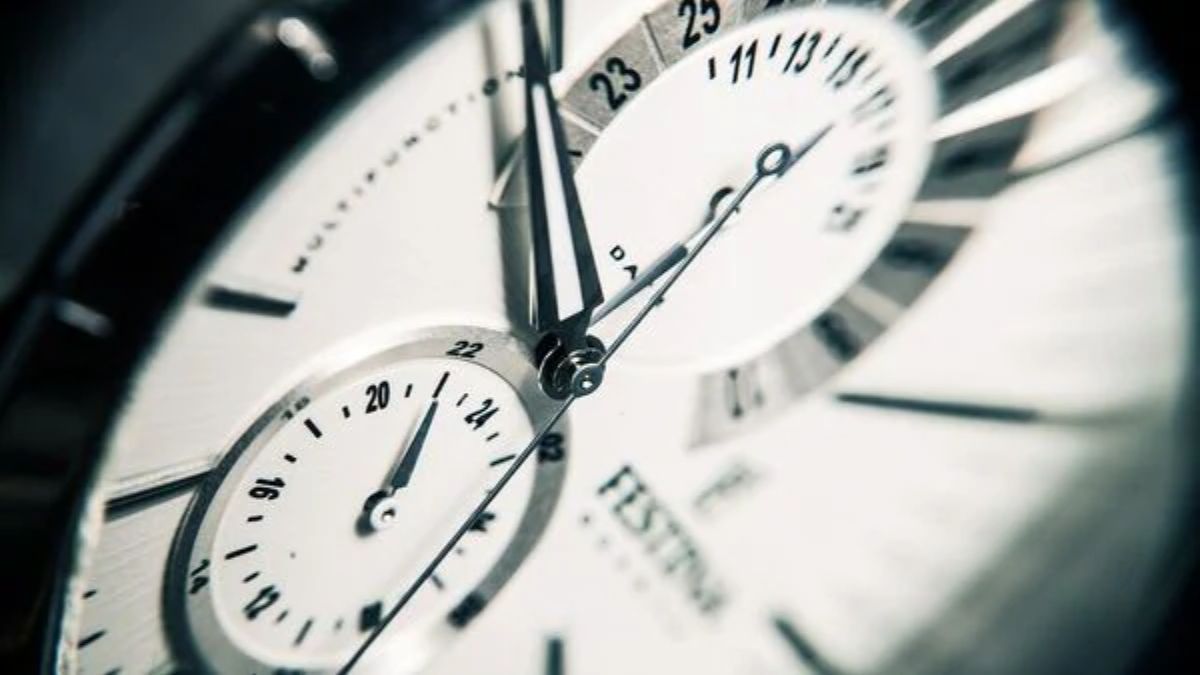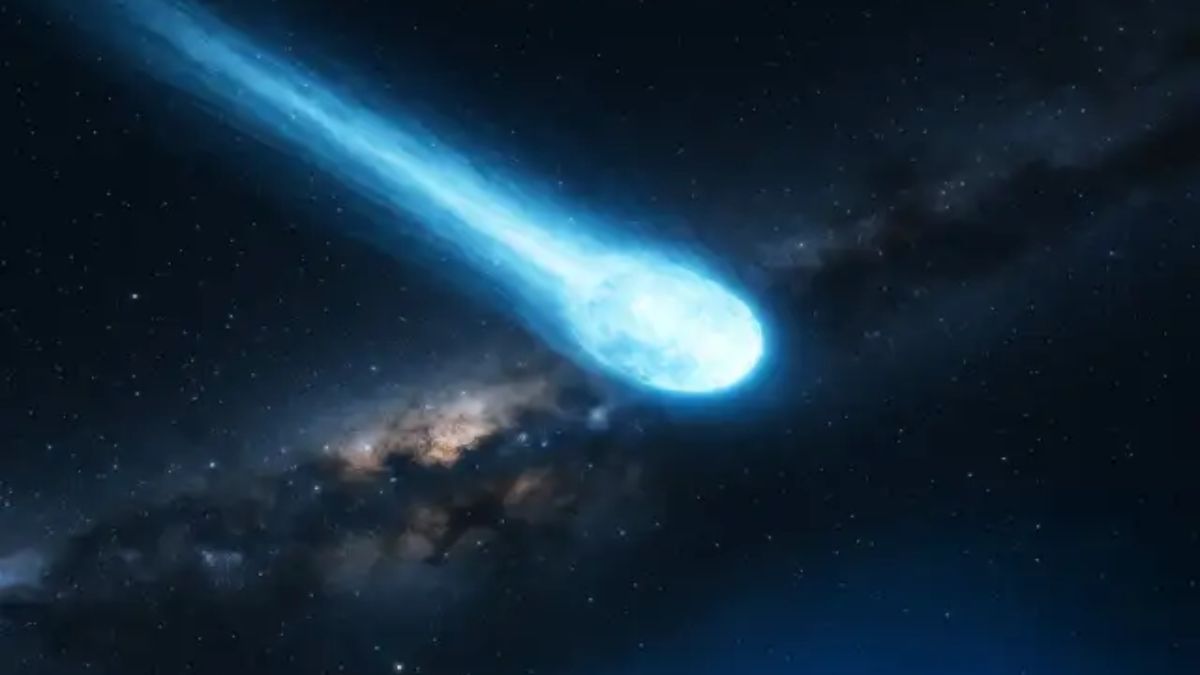Almost everyone knows the tragic story of the Titanic — whether from history books or the famous movie. The luxurious ship sank on its maiden voyage in April 1912, taking with it more than 1,500 lives. But for more than seven decades, no one knew exactly where the wreck lay beneath the North Atlantic.
That changed in 1985, and with it, the future of deep-sea exploration. Here’s how one man’s mission, a bit of Cold War secrecy, and a smart shift in strategy helped uncover one of the greatest maritime mysteries of all time.
Mystery
The Titanic sank on April 15, 1912, after hitting an iceberg. Survivors told stories. The news made headlines. But the exact location of the wreck remained a mystery.
Though the general area was known, no one had been able to find the wreck site — not with sonar, not with search ships. The depth of the ocean and the harsh conditions made the task seem impossible. For decades, the Titanic’s final resting place remained part of legend.
That is, until September 1, 1985, when the first real image appeared on a screen: a rust-covered boiler sitting quietly on the ocean floor. That was the beginning.
Mission
The man behind the breakthrough was Robert Ballard, an American oceanographer. He partnered with the French oceanographic group IFREMER and set off aboard the U.S. research vessel Knorr. But here’s the twist — finding the Titanic wasn’t the official goal.
Ballard had made a deal with the U.S. Navy. The true mission? To secretly inspect the remains of two nuclear submarines that had sunk during the Cold War. If Ballard completed that job, he was allowed to use the remaining time to search for the Titanic.
And that’s exactly what he did.
Technology
To pull this off, Ballard used a cutting-edge tool for its time: a remote-controlled vehicle called ARGO, developed by Woods Hole Oceanographic Institution.
ARGO was packed with cameras and could transmit real-time images from the ocean floor — a game-changer for deep-sea exploration. Though originally designed to examine sunken submarines, it turned out to be the perfect machine for a much more iconic mission.
Strategy
At first, the French team used sonar to try and locate the Titanic directly. But that didn’t work. So Ballard changed the approach.
Instead of trying to find the ship, he decided to search for its debris field — the trail of broken pieces and scattered objects that would have floated down during the sinking. It was a brilliant move.
On September 1, ARGO’s cameras picked up pieces of wreckage. Then a boiler. Then, finally — the unmistakable outline of the Titanic’s bow came into view. It was deteriorated, but undeniably there.
Discovery
Finding the Titanic was an emotional and historical milestone. But it wasn’t a moment of celebration. The team knew they were looking at a mass grave — a final resting place for over a thousand souls. The atmosphere on the ship was quiet, solemn, and filled with respect.
Return
One year later, in 1986, Ballard and his team returned to the wreck site. This time, they brought new tools: the manned submarine Alvin and the remote robot Jason Jr.
This mission gave humans their first direct look at what remained: the grand staircase, the collapsed cabins, and the ghostly remains of a ship once called unsinkable.
That dive marked the beginning of a new era in underwater archaeology.
Legacy
The discovery of the Titanic’s wreck:
- Solved a mystery that lasted 73 years
- Sparked new technology in underwater exploration
- Set a standard for respectful investigation of historic shipwrecks
- Taught scientists that the ocean floor holds untold human history
Even more, researchers discovered unique bacteria eating away at the Titanic’s steel, helping us know how long such wrecks can survive underwater.
Today, Ballard’s mission is still taught in schools as an example of strategy, innovation, and scientific discovery. It shows that sometimes, rethinking your approach can lead to breakthroughs no one thought possible.
FAQs
When was the Titanic wreck found?
On September 1, 1985, after 73 years underwater.
Who discovered the Titanic?
Robert Ballard and the team from IFREMER.
What helped find the Titanic?
A remote vehicle called ARGO with underwater cameras.
Why was the mission secret?
It also inspected sunken Cold War submarines.
What was the key to finding it?
Tracking the debris field instead of the ship directly.
















